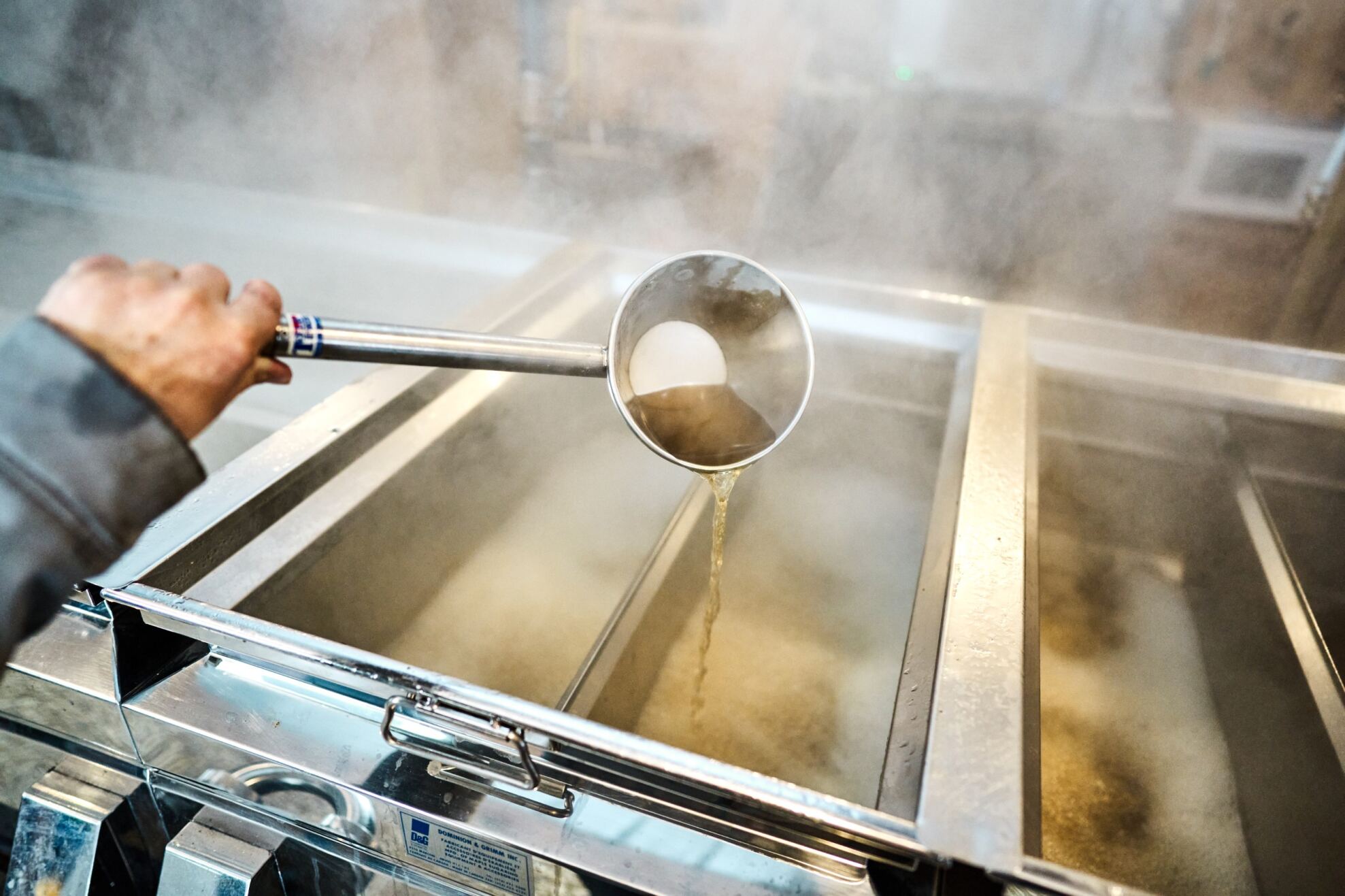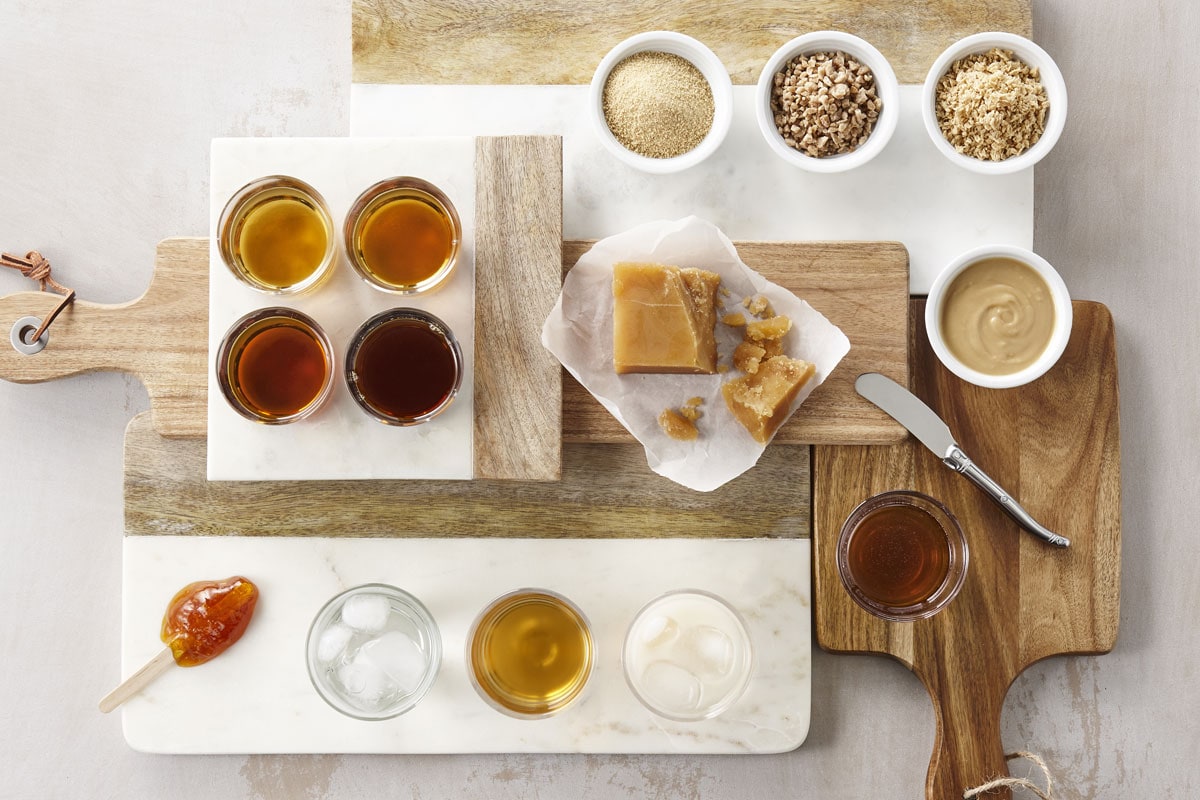A Day in the Life of a Canadian Maple Syrup Farmer

Québec’s maple syrup is a thriving industry supporting over 13,300 producers who contribute to an impressive 72% of the world’s supply of pure maple syrup.
Represented in Canada and around the world by Québec Maple Syrup Producers (QMSP), they bring the sweet goodness of maple syrup all the way from the Great White North to Aussie tables and dishes.
But have you ever considered where the maple syrup you’re drizzling over your Sunday morning pancakes actually comes from? From sap to syrup, the journey begins in the depths of the Québec maple forests and at the hands of highly skilled maple syrup farmers…
Step 1: tapping the trees
Maple trees in Canada’s forests are harvested during the springtime when warmer temperatures cause sap to flow from the roots to the trunk of the tree.
The trees set aside for harvesting are typically at least 30 years old. This prevents damage to smaller trees and ensures the longevity of the forests.
So, how is maple syrup made in Canada? To collect the maple syrup that we all know and love, producers insert a small hole into the tree from which the sap can flow.
Tubing systems then carry the sap straight from the snowy forests to the sugar shack, where the syrup we use in our cooking is created.
Fun fact: Before this method of maple syrup extraction was introduced, maple syrup farming involved hanging buckets and tapping the tree manually – in some areas, this is still the preferred method of extracting the sap!
Did you also know that throughout the tapping season, the sugar content of the sap reduces, leading to differences in colour and flavour?
During the harvest, the sap gradually gets darker in colour and the flavour changes from the delicate sweetness of the golden grade to the strong, distinctive maple taste of the very dark grade.
Each grade lends itself to different dishes, giving maple lovers plenty of options for incorporating the product into their cooking and baking.

Learn more about the maple grading system below.
Step 2: making the maple syrup
The sugar shack is where all the magic happens. In this part of the process, farmers boil the sap at a set temperature to reduce its water content until it forms into maple syrup.
The sap needs to be closely monitored; once the sugar content reaches 66%, it has officially become maple syrup!
This simple process ensures high-quality maple syrup, preserving the pure, natural flavour that Canadian maple syrup is renowned for.
All maple syrup products – from maple syrup and sugar to flakes and spread – are completely natural and free from artificial additives.
Each product serves as a natural source of energy, has potential health benefits and is 100% vegan, making this the perfect cupboard staple!

Learn more about the maple syrup production process below.
Step 3: mixing it up
Not only do maple syrup farmers produce maple syrup, but by further processing the sap, a variety of speciality products are made.
By heating the maple syrup to a temperature of 112°C, then quickly cooling the liquid and churning to the desired consistency, maple spread is made. Containing no butter or dairy, the maple spread is pure joy and adaptable to many different recipes.
Maple sugar — a granulated sweetener perfect for baking and substituting for sugar — is also created by boiling maple syrup and cooling it at specific temperatures before filtrating to form crystals for the sugar.

Learn more about the different maple products below.
Step 4: packaging the product
Once the sap has been processed and the maple syrup is ready to be enjoyed, the end product is carefully packaged and sealed.
In some cases, leaf-shaped bottles made of glass are used to store maple syrup, celebrating the product’s Canadian heritage while also preserving its quality.
For larger quantities, tins printed with a winter scene of Quebec’s maple forests are often used, again helping to keep the product linked to Canada’s heritage.

Learn more about the shelf life of maple syrup below.
Step 5: exporting around the world
Maple syrup producers in Québec sell their maple in bulk to QMSP-authorised buyers, who then distribute the products worldwide to more than 70 countries.
QSMP also keep some maple syrup in reserve to account for any production shortfalls, ensuring maple lovers can continue to get their hands on their beloved product.
Has all this talk of maple syrup piqued your appetite? Then check out our huge range of maple syrup recipes, covering everything from drinks and desserts to sides, starters and main dishes!
A Source of Natural Energy
Maple syrup is a natural source of energy. Check out how maple can act as fuel before, during, and after exercise.
